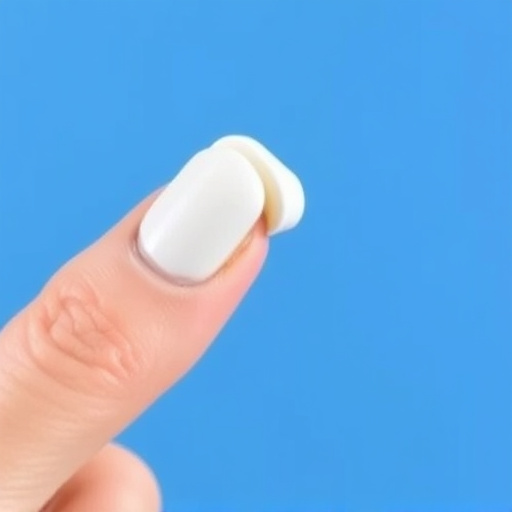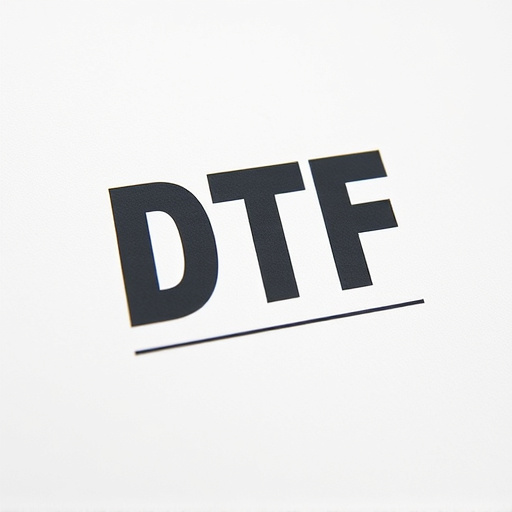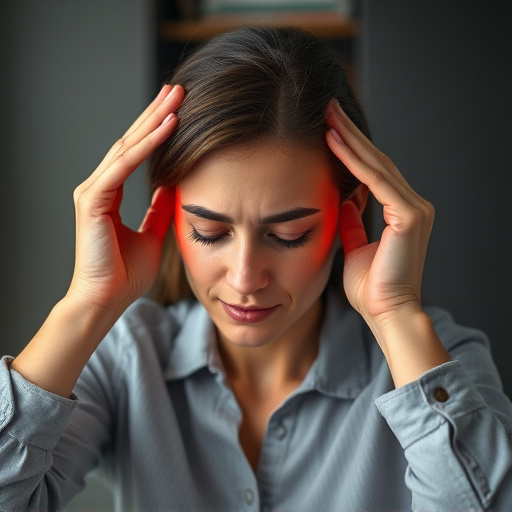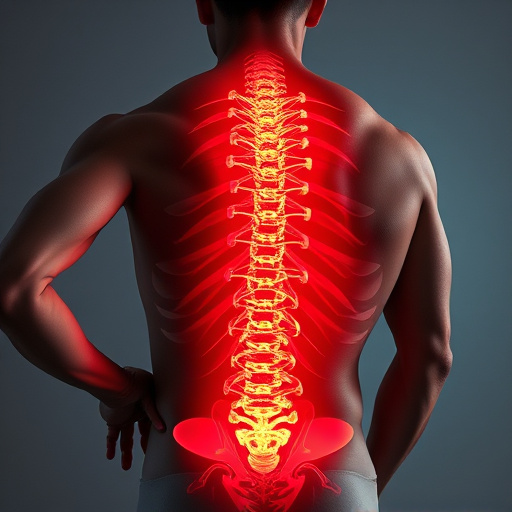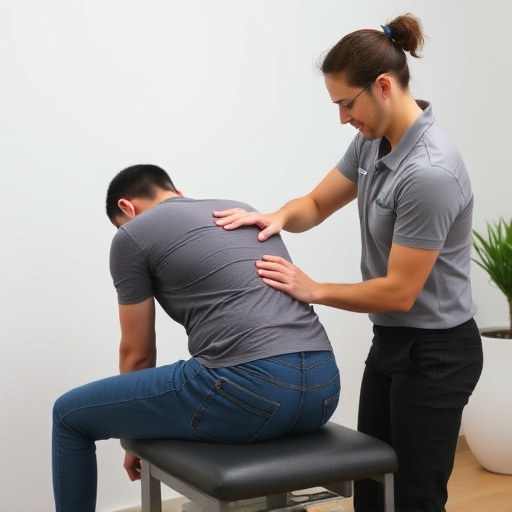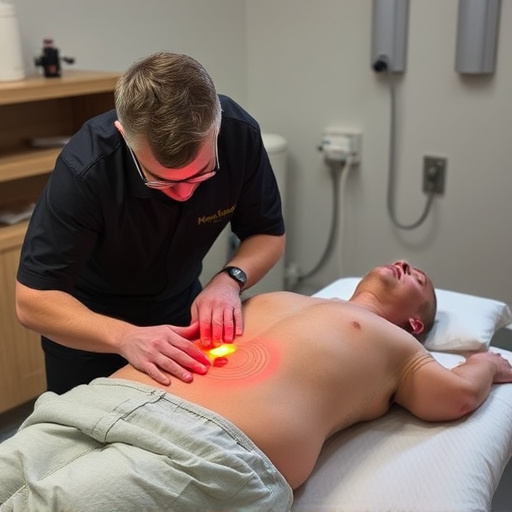Pinched nerves, caused by repetitive motions, poor posture, or injuries, lead to pain and reduced mobility. Pinched nerve relief involves understanding the root cause and adopting a comprehensive strategy. Initial treatment includes rest (R), ice (I), compression (C), and elevation (E) for inflammation reduction. Long-term solutions focus on physical therapy, targeted exercises, stretching, and low-impact activities under professional guidance to restore nerve function and prevent future occurrences.
“Discovering effective pinched nerve relief is essential for athletes and active individuals facing temporary setbacks. When a nerve becomes compressed, it can lead to sharp pain, numbness, or weakness, significantly impacting your physical activity. This article delves into the causes and effects of pinched nerves, offering practical strategies for alleviation. We provide a comprehensive guide on returning to physical activity after an injury, ensuring a safe and gradual process. Learn how to reclaim your active lifestyle with tailored tips for a swift recovery.”
- Understanding Pinched Nerves and Their Impact on Physical Activity
- Strategies for Achieving Pinched Nerve Relief
- Returning to Physical Activity After a Pinched Nerve: A Step-by-Step Guide
Understanding Pinched Nerves and Their Impact on Physical Activity
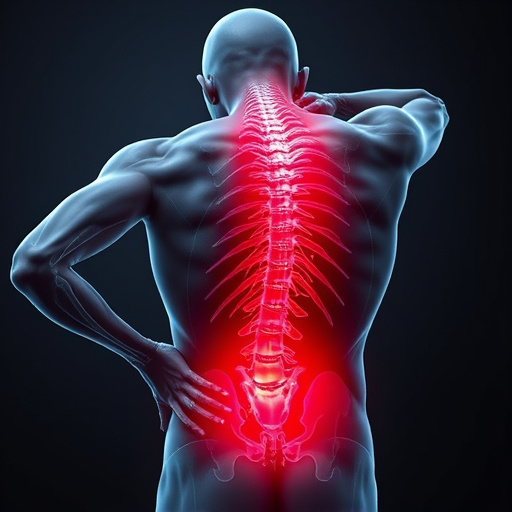
Pinched nerves, a common issue affecting individuals of all ages and activity levels, can significantly impact physical activity. When a nerve is compressed or pinched, it results in pain, numbness, or tingling sensations, hindering movement and overall mobility. This condition often occurs due to repetitive motions, improper posture, or acute injuries, leading to discomfort that can range from mild irritability to severe disability.
Understanding the source of the pinched nerve is crucial for effective relief and a successful return to physical activity. Pain management strategies, including rest, ice, compression, and elevation (RICE method), can provide immediate back pain relief and reduce inflammation. Over time, injury rehabilitation techniques, such as targeted exercises and physical therapy, play a vital role in strengthening supporting muscles and restoring nerve function, enabling individuals to regain mobility and return to their desired activities with reduced risk of future pinched nerve incidents.
Strategies for Achieving Pinched Nerve Relief
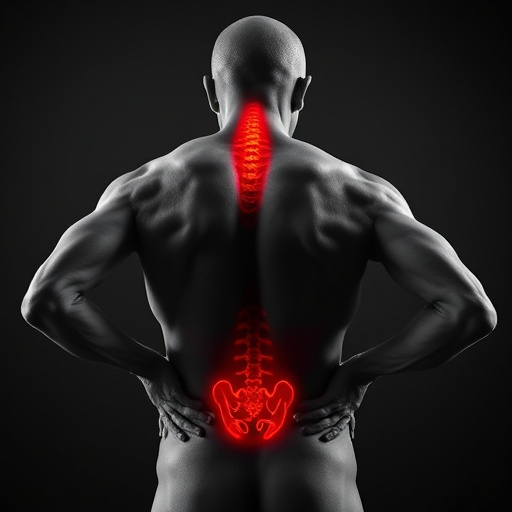
Achieving pinched nerve relief involves a multi-pronged approach to address the root cause and promote healing. Firstly, rest is crucial for acute pinched nerves, allowing the affected area to recover without exacerbating the issue. Applying ice or heat can also provide significant comfort and reduce inflammation. Over-the-counter pain relievers like ibuprofen or acetaminophen may help alleviate chronic pain associated with pinched nerves.
For persistent issues, consider physical therapy for targeted exercises that strengthen muscles surrounding the affected area, improving stability and reducing pressure on nerve roots. Stretching and mobility improvement techniques can also be beneficial in releasing tension and restoring range of motion. In some cases, a healthcare professional might recommend specialized treatments like massage or chiropractic adjustments to address lower back pain and enhance overall comfort and function.
Returning to Physical Activity After a Pinched Nerve: A Step-by-Step Guide
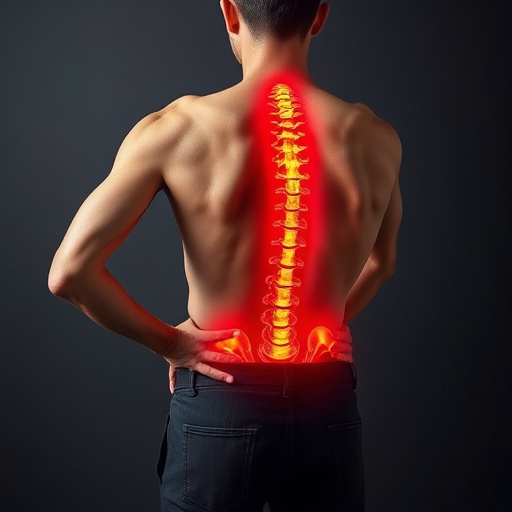
After experiencing a pinched nerve—whether due to everyday activities or an event like a car accident injury—returning to physical activity requires careful consideration and a structured approach. The first step is to secure pinched nerve relief through proper diagnosis and personalized treatment plans tailored by a qualified healthcare professional, often a personal injury chiropractic specialist. This might involve a combination of rest, ice, compression, and elevation (RICE protocol), along with specific exercises or manual therapy.
Once discomfort subsides, gradually reintroduce physical activity, starting with low-impact exercises like walking or swimming to test the nerve’s recovery. Progressively increase intensity and difficulty based on comfort levels and professional guidance. Always listen to your body; if any activity exacerbates pain, adjust or pause. Consistent communication with your care provider ensures personalized adjustments to your return-to-activity plan, ensuring a safe and successful transition back into your active lifestyle.
Pinched nerve relief is achievable through understanding the root cause, employing strategic treatments, and following a careful return-to-activity plan. By implementing these steps, individuals can find relief from pinched nerves, prevent future occurrences, and safely resume their favorite physical activities. Remember, seeking professional guidance is key to navigating this process effectively.





